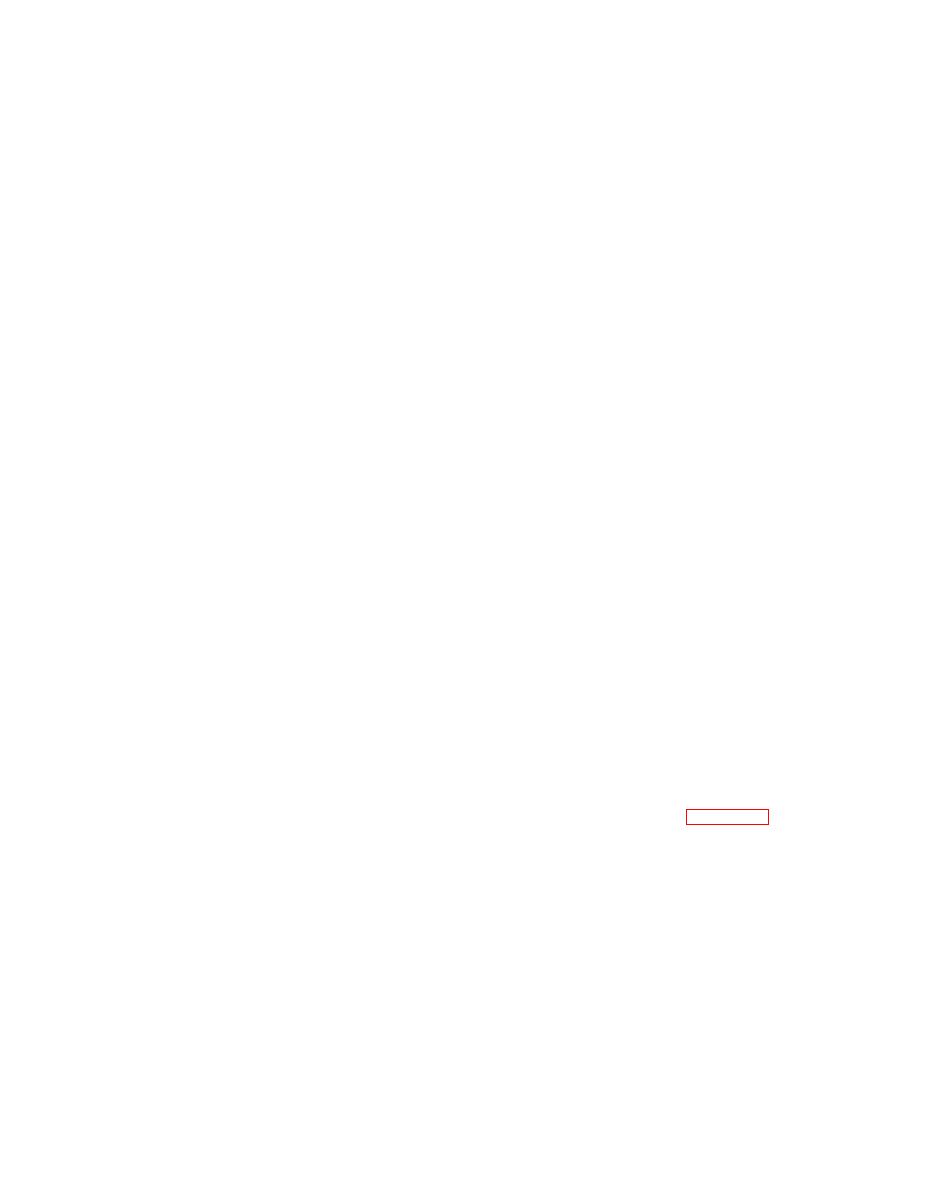
TM 9-2330-247-14&P
INSPECTION INSTRUCTIONS (Con't)
4-21.
DRILLED AND TAPPED (THREADED) HOLES
Inspect for wear, distortion, cracks, or any other damage in or around holes.
1.
2. Inspect threaded areas for wear, distortion (stretch), or evidence of cross-threading.
3. Mark all damaged areas for repair or replacement.
METAL LINES, FLEXIBLE LINES (HOSES), AND METAL FITTINGS
Inspect metal lines for sharp kinks, cracks, bad bends, or dents.
1.
2. Inspect flexible lines (hoses) for fraying, evidence of leakage, or loose metal fittings or connectors.
3. Check all metal fittings and connectors for thread damage and check for hex heads that are worn or rounded by
poorly fitting wrenches.
4. Mark all damaged material for repair or replacement.
CASTINGS, FORGINGS, AND MACHINED METAL PARTS
1. Inspect machined surfaces for nicks, burrs, raised metal, wear, or any other damage.
2. Check all inner and outer surfaces for breaks or cracks.
3. Mark all damaged material for repair or replacement.
Refer to TM 9-214 for inspection instructions and defect analysis.
AIR LINES, FITTINGS, AND CONNECTIONS
Check for leaking fittings and connections by coating fittings and connections with soap solution. No leaking is
permissible.
REPAIR INSTRUCTIONS
GENERAL
NOTE
For accuracy, refer to the source, maintenance, and recovery (SMR) codes assigned to
support items listed in the Repair Parts And Special Tools Lists (RPSTL), Appendix F of
this manual.
1. Any repair procedure peculiar to a specific part or component is covered in the paragraph relating to that item.
2. After repair, clean all parts thoroughly to prevent dirt, metal chips, or other foreign material from entering any
working parts.

